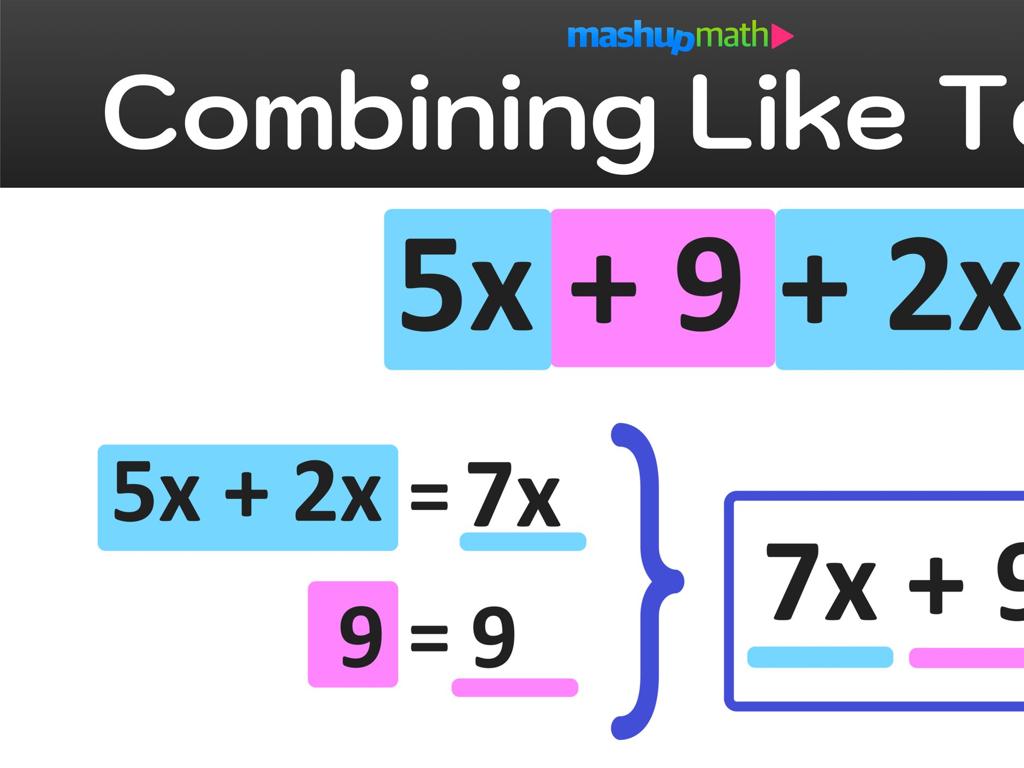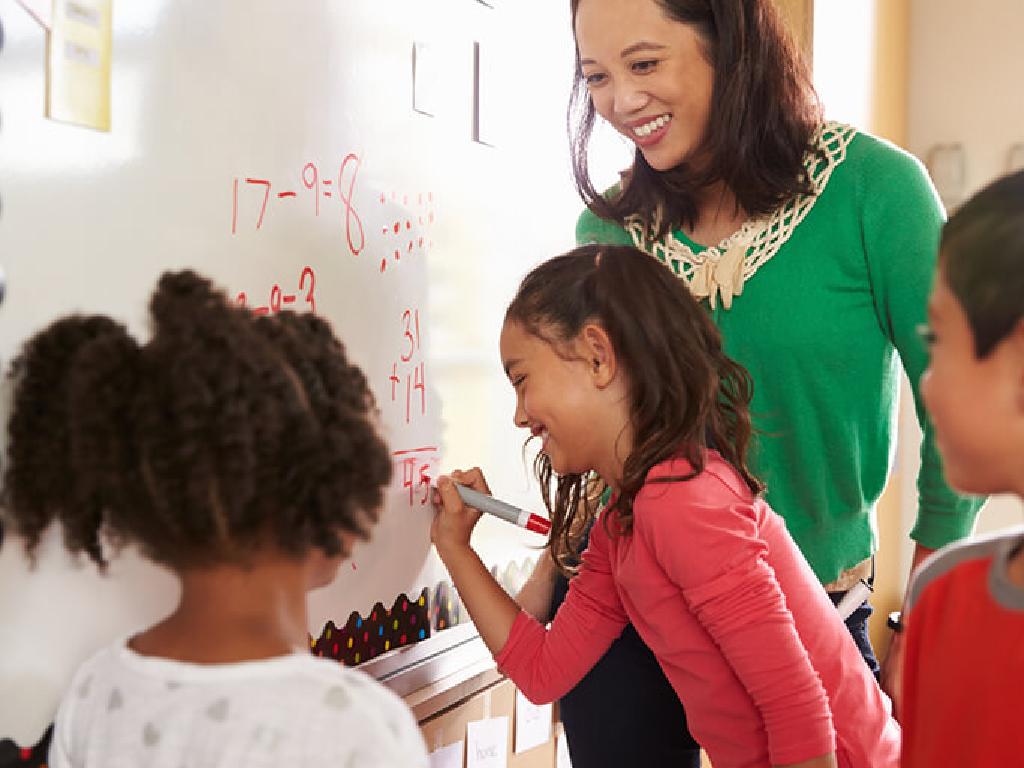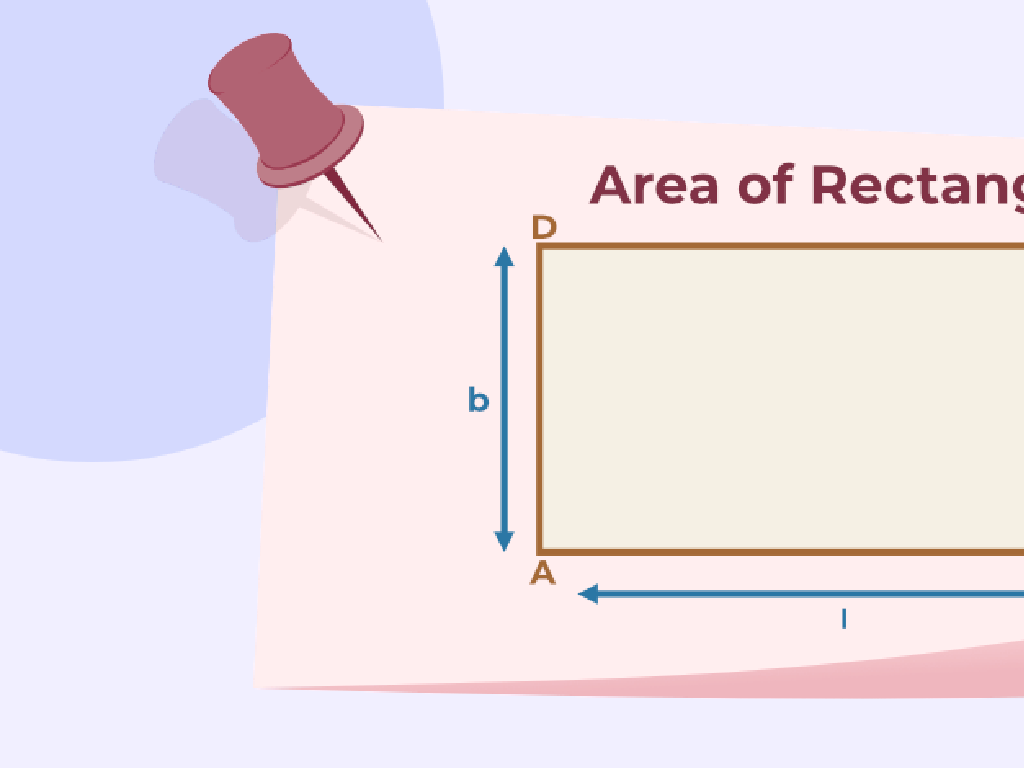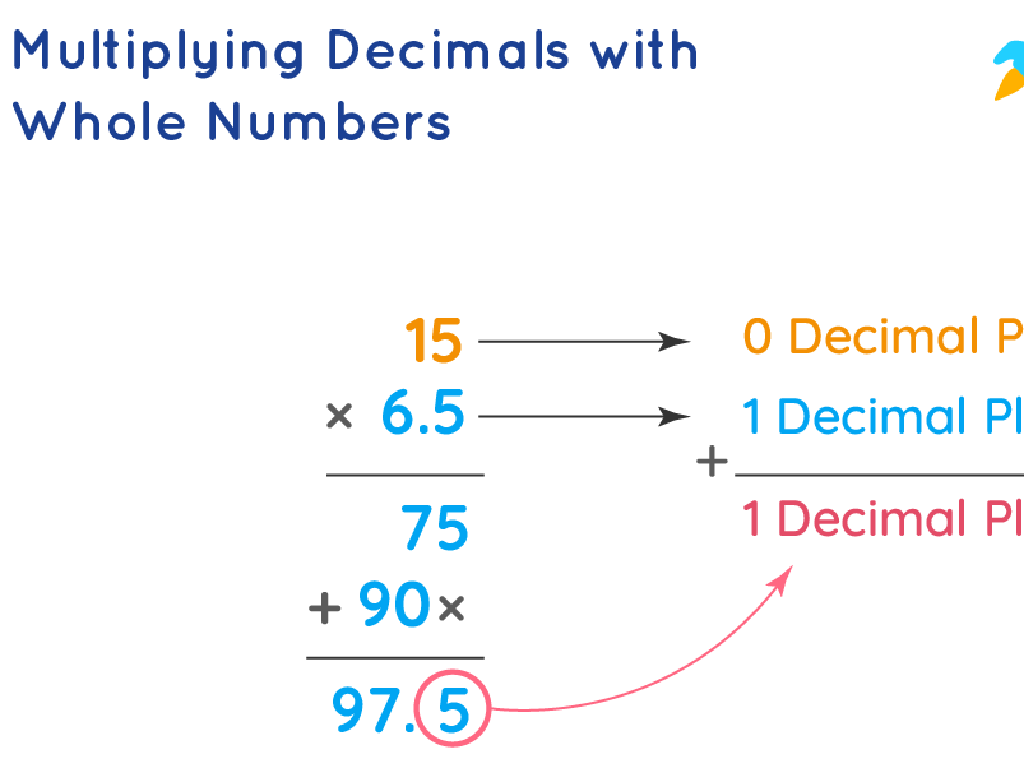Is The Sentence In The Past, Present, Or Future Tense?
Subject: Language arts
Grade: Third grade
Topic: Verb Tense
Please LOG IN to download the presentation. Access is available to registered users only.
View More Content
Exploring Verb Tenses
– What is a verb tense?
– Verbs: Action words in sentences
– Verbs tell us what someone or something does
– Past tense: Happened already
– Words like ‘jumped’ or ‘sang’ show actions that are finished
– Present and Future tenses
– ‘Eats’ is present; ‘will eat’ is future – what’s happening now or later?
|
This slide introduces the concept of verb tenses to third-grade students. Begin by explaining that verb tenses tell us when an action happens. Verbs are the words in a sentence that describe what someone or something does. Illustrate past tense by using examples of actions that have already been completed. For present tense, use actions that are currently happening, and for future tense, discuss actions that will happen. Use relatable and straightforward examples to help students grasp the concept. Encourage students to think of their own examples and to identify the tenses of verbs in sentences they come across in their daily lives.
Understanding Verbs and Tenses
– Verbs are action words
– Like ‘run’ for running or ‘sing’ for singing
– They show what’s happening
– ‘Is’ shows something happening now, ‘jumped’ happened before
– Examples: run, jump, is, have
– ‘Run’ for now, ‘ran’ for past, ‘will run’ for future
– Tenses tell us when action happens
– Past, present, future: When did it happen?
|
This slide introduces the concept of verbs to third-grade students, emphasizing that verbs are words that describe actions or states of being. It’s important to provide clear examples that the students can relate to, such as ‘run’ or ‘jump’. Additionally, introduce the concept of verb tenses, which indicate the time of the action. Use simple present tense verbs like ‘is’ and ‘have’ to show current actions, and contrast with past tense verbs to highlight the difference. Encourage students to think of actions they do every day and what words they would use to describe those actions. This will set the foundation for understanding how tenses change the meaning of verbs and how they are used in sentences.
Understanding Past Tense
– Past tense for finished actions
– It’s used when the action is all done
– Often ends with ‘-ed’
– Words like ‘walked’ and ‘jumped’ show the action is over
– Example: ‘She walked to school yesterday.’
– ‘Yesterday’ tells us it happened in the past
|
This slide introduces the past tense, which is used to describe actions that have already been completed. Emphasize that many past tense verbs end with ‘-ed’, but there are also irregular verbs that do not follow this rule. Use the example sentence to illustrate how the past tense is used in context, pointing out the time indicator ‘yesterday’ which signals that the action happened in the past. Encourage students to think of actions they did yesterday or earlier in the day to come up with their own past tense sentences.
Understanding Present Tense
– Present tense for current actions
– It’s used for things happening now.
– Describes routines or facts
– It also talks about things that happen regularly.
– Example: ‘He eats breakfast every morning.’
– This shows a daily routine using present tense.
|
The present tense is a verb form we use to talk about actions that are happening at the moment of speaking. It’s also used to describe routines, habits, and facts that are always true. For example, when we say ‘He eats breakfast every morning,’ we’re talking about a routine that happens regularly. Encourage the students to think of actions they do every day as examples of present tense. Ask them to come up with sentences describing their routines to reinforce their understanding of present tense usage.
Understanding Future Tense
– Future tense for upcoming actions
– It’s used when talking about things that haven’t happened yet.
– ‘Will’ or ‘going to’ indicates future
– These words come before the main verb and set the time.
– Example: ‘They will go to the park.’
– This sentence shows an action that will happen the next day.
|
This slide introduces the concept of future tense to third-grade students. It’s important to explain that future tense is used when we talk about actions or events that have not yet occurred. Highlight the use of ‘will’ or ‘going to’ as a way to signal that an action is in the future. Use the example sentence to show how ‘will’ is used with the verb ‘go’ to indicate a future action. Encourage students to think of their own examples of future tense and to notice the use of ‘will’ or ‘going to’ in sentences they read or hear outside of class.
Identifying Sentence Tenses
– Finding the tense of a sentence
– Time words: ‘yesterday’, ‘now’, ‘tomorrow’
– ‘Yesterday’ for past, ‘now’ for present, ‘tomorrow’ for future
– Check the verb form used
– Past verbs often end in -ed, present verbs don’t add -ed, future verbs use ‘will’
– Practice with examples
– Let’s identify tenses in sentences together!
|
This slide is aimed at helping third-grade students understand how to determine the tense of a sentence in a fun and interactive way. Start by explaining that tense tells us when an action happens. Introduce time words that can signal the tense and how the form of the verb changes with each tense. Provide clear examples for past, present, and future tenses using the time words and verb forms. During class, engage students with sentences they can analyze to identify the tense, reinforcing their understanding through practice.
Practice: Identifying Verb Tenses
– ‘I play with my dog.’
– This sentence is in the present tense.
– ‘She will finish her homework.’
– This sentence is in the future tense.
– ‘They danced all night.’
– This sentence is in the past tense.
– Let’s find the tense together!
|
This slide is designed for a class activity where students will practice identifying verb tenses in sentences. The sentences provided are examples that the class will work through together. ‘I play with my dog’ is present tense, indicating an action that is currently happening or a general truth. ‘She will finish her homework’ is future tense, showing an action that will happen. ‘They danced all night’ is past tense, describing an action that has already happened. Encourage students to look for key verbs and time indicators that signal the tense. After discussing these examples, students can be asked to find sentences in their own reading materials and determine the tense for additional practice.
Class Activity: Verb Tense Scavenger Hunt
– Find sentences in a favorite book
– Determine if they’re past, present, or future tense
– Is the action happening now, before, or later?
– Write down each sentence with its tense
– Share your sentences and tenses with the class
– Explain why you think it’s past, present, or future
|
This interactive class activity is designed to help students recognize verb tenses in a fun and engaging way. Provide students with a brief refresher on the concept of verb tenses. Explain that past tense verbs indicate actions that have already happened, present tense verbs are for actions happening right now, and future tense verbs are for actions that will happen. Encourage students to pick sentences from books they enjoy and identify the tense of the verbs used. They should note down the sentence and the tense beside it. After the activity, ask students to share their sentences and discuss the tenses as a class. This will help reinforce their understanding of verb tenses in a practical context. Possible variations of the activity could include working in pairs, creating a classroom display of their findings, or even turning it into a competition to see who can find the most examples of each tense.





